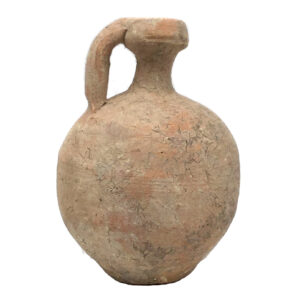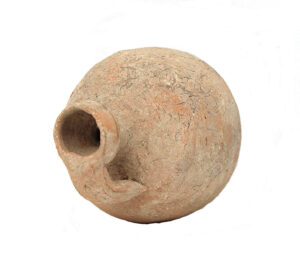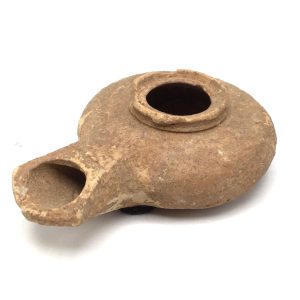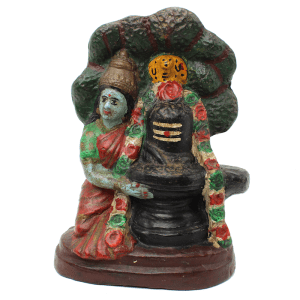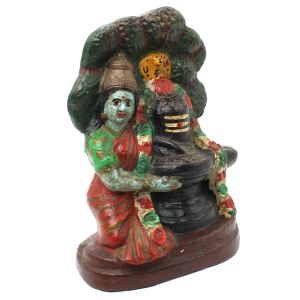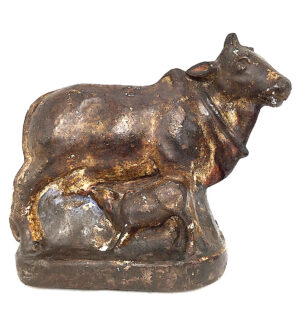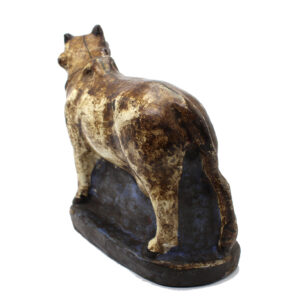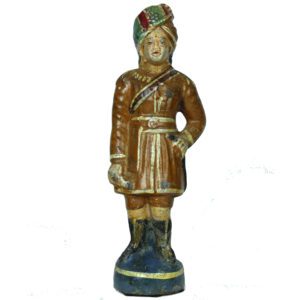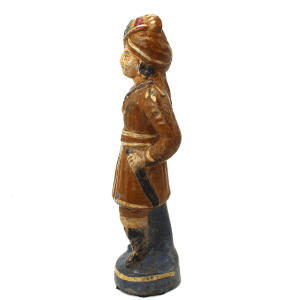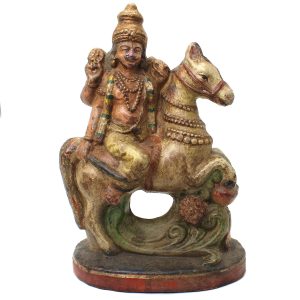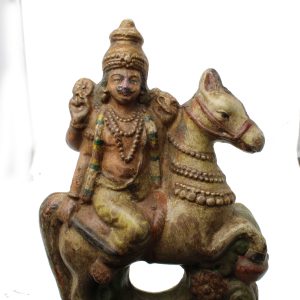-
Sale!


$395.00 Original price was: $395.00.$295.00Current price is: $295.00.
H: 4” Dia: 2.75″ | FREE SHIPPING WITHIN CONTINENTAL U.S.!
This Judean perfume juglet from the Holy Land’s Biblical Period was used throughout the Roman Empire to hold perfume or other costly items. Uncleaned, good condition, no repairs, aged patina, surface incrustation and mineral deposits, hairline cracks, and minor discoloration.
-


$155.00
Early Christianity oil lamps were also seen as a symbol of light and a manifestations of the presence of the divine.
-
Sale!


$165.00 Original price was: $165.00.$110.00Current price is: $110.00.
H: 8″ W: 6″ D: 6″ | FREE SHIPPING WITHIN CONTINENTAL U.S.
This colorful terracotta image of Shiva and Parvati is aniconic (symbolic) and figurative. Shiva’s is a symbolic lingham (phallus) and Parvati a deity. Together they represent the union of masculine and feminine, thus all existence
-
Sale!


$105.00 Original price was: $105.00.$85.00Current price is: $85.00.
H: 7″ W:8.25″ D: 3.125″ | FREE SHIPPING WITHIN CONTINENTAL U.S.
Vintage bivalve mold figures like this cow were hand luted and hand painted, in the likeness of Hindu religious figures, soldiers, animals are used in rural India where they are seen as wishes for a better life.
-
Sale!


$105.00 Original price was: $105.00.$65.00Current price is: $65.00.
H: 10.25″ W: 3.25″ D: 2.75″ | FREE SHIPPING WITHIN CONTINENTAL U.S.
Vintage Indian terracotta policeman bivalve mould made, hand luted and painted in rural India terracotta considered spiritual and auspicious as it incorporates five natural elements of air, fire, earth, water and metal.
-


$145.00
Earthenware terracotta pottery has played a significant role in the cultural, religious and artistic traditions of India for centuries. Indian terracotta images are considered spiritual, mystical and auspicious as Hindus believe terracotta incorporates the five natural elements of air, fire, earth, water and metal. Made with a bivalve mould that is hand luted and hand…
End of content
End of content

